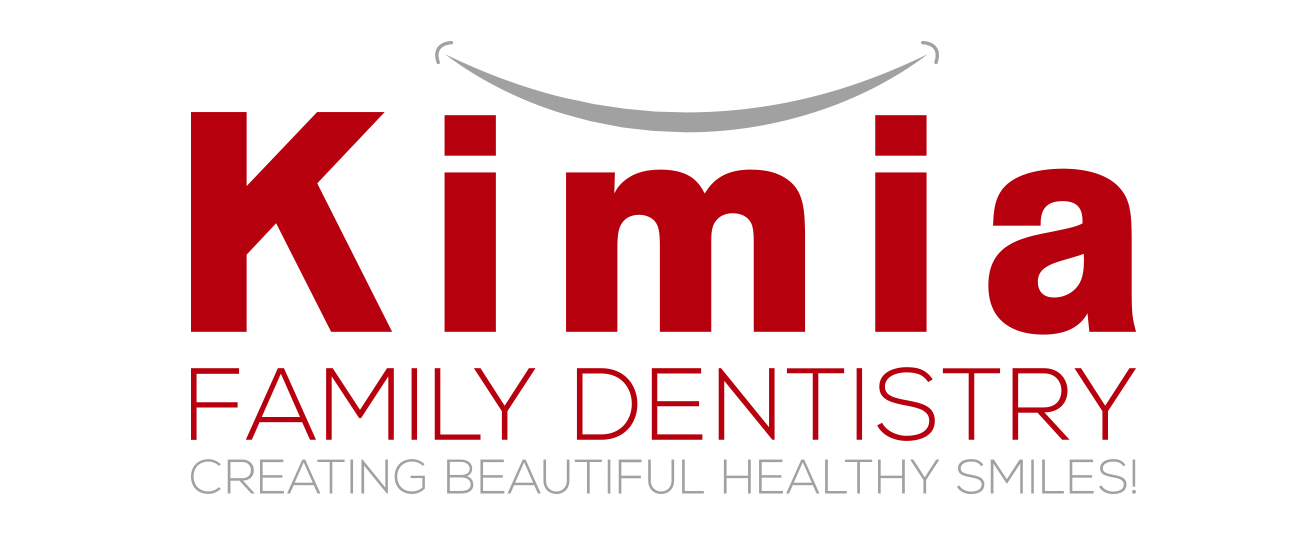Now more than ever, the options for replacing teeth damaged by decay, injury, or disease with dental implants are more abundant than ever. This is true if you are replacing a single tooth or entire sections of your arch of teeth. Dental implants aren’t just aesthetically pleasing–they can allow you to smile and chew food naturally as well.
Implant Types
The most common type of implant is known as an endosseous implant. These implants resemble a false tooth with a screw attach. Endosseous implants are anchored directly into the jawbone. Another common type of implant used is the transosteal implant. This option pierces the entire jawbone and is held in place by a flat plate on the bottom of the jaw.
Fortunately, not all types of implants are implanted in the jawbone. Subperiosteal implants use a framework of metal that attaches below the gum tissue but on top of the jawbone.
Who Are Subperiosteal Implants Designed For?
Many dentists seem to prefer endosseous implants. However, they are not available for every patient. A patient with a thin jawbone or limited bone tissue cannot receive endosseous implants. If you have lost bone tissue in your jaw due to osteoporosis or a similar disease, endosseous implants may not be an option for you. Consult your dentist Granada Hills for more information.
After a tooth is damaged or lost, chewing no longer applies pressure to the part of the jaw where the tooth once sat. Because of that, the body naturally begins breaking down that part of the jawbone. In fact, you can lose up to one-fourth of your bone in a year of losing a tooth this way.
Restoring Bone is Possible
For some patients, bone can be restored through bone grafts and other procedures, but it is important to understand that these options can be costly and painful. Many patients seeking dental implants in Granada Hills frequently choose subperiosteal implants instead. While this procedure is more invasive, it is available for patients who would otherwise need a bone graft for implants to be possible.
What is the procedure like?
First, the dentist will perform a CT of your mouth. This process will only take a few minutes, and the dentist will base the design of the implant on the results of the scan. Once built, the dentist will place the implants beneath the gums surgically. While your mouth heals, you will have a temporary prosthetic tooth in place that will be replaced by a permanent implant later.
Affordable Dental Implants in Granada Hills
To learn more about the benefits of subperiosteal implants, contact Kimia Family Dentistry in Granada Hills. We are happy to schedule an appointment for you right away.


